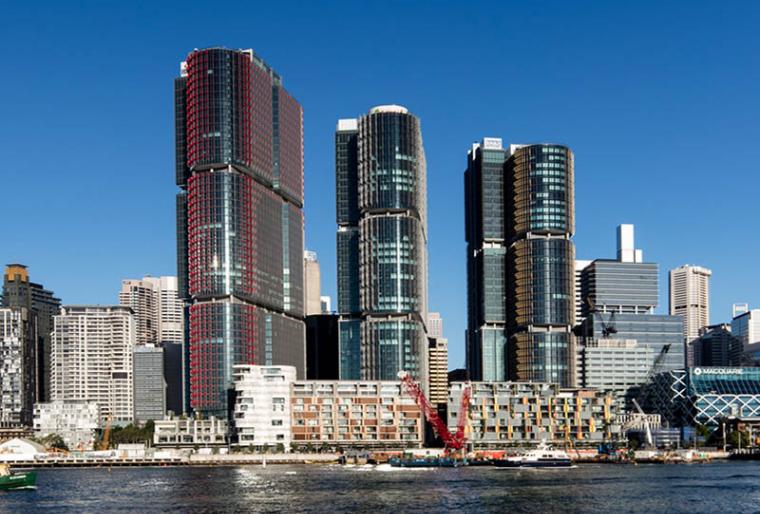The fight for control of the Australian Computer Society and its tens of millions of dollars in annual revenues will come to a head in Sydney on Friday as members vote on a new structure that centralises power in the hands of a corporatised board.
The ACS is to conduct a special general meeting at its harbourside national headquarters at Barangaroo in Sydney at 9am Friday morning as its management committee seeks to replace the existing constitution of the 50-year-old professional association.
The contentious changes have angered some long-time ACS members, who say the proposal “extinguishes” the role of the membership in deciding both the future direction of the association and the control of revenue of more than $36 million annually and liquid assets of more than $25 million.

The ACS management committee will put a motion to the meeting seeking approval to change the legal structure of the ACS from an incorporated association in the ACT, to a company limited by guarantee under the Corporations Act.
While the society would remain a not-for-profit, it would be governed by a corporate board structure, rather than its current national council, which has representatives drawn from each state organisation as well as the society’s technical committees.
A loosely coordinated group of ACS members have been organising a proxy campaign against the proposed changes, calling the new structure a take-over from within that places the future and fortunes of the society into the hands of the powerful clique that is not directly answerable to its membership.
ANU visiting professor and long-time ACS member Roger Clarke says the society has lost its focus as an association of professionals, and the new structure would further obscure its primary purpose to serve the interests of members employed as IT professionals.
While significant investments in strictly commercial operations like the acquisition of startup accelerator River City Labs raised eyebrows, it was the more recent acquisition of struggling industry associations like ADMA that galvanised opponents to the change.
Mr Clarke’s primary complaint is that the new structure takes members out of the direct election process. Although the members – like shareholders in a company – will have the power to elect the board, it is a nomination committee of the board itself that will put forward the candidates.
“This finally extinguishes the role of the members,” Mr Clarke told InnovationAus.com this week. “So yes, it is an attempt by a small clique of eight directors who would have control [of the ACS] and even have control of the future people who get to be directors.”
ACS chief executive Andrew Johnson said the proposed changes were “just a natural step in terms of our evolution” an organisation, and a modernising of the governance structures that should give the ACS greater flexibility.
He said there was a long consultation process and that the branch executives were able to identify and raise the “pain points in the current governance model” and to come up with recommendations that could be taken to members to address those pain points.
Mr Johnson said it was appropriate that the members discuss the changes ahead of the vote on the structural changes today.
While ACS says it has 45,037 registered members, the number of members with voting rights is a small subset of this, thought to be around 12,000 to 14,000.
The proposed management committee changes require a 75 per cent majority in order pass.
Do you know more? Contact James Riley via Email.

